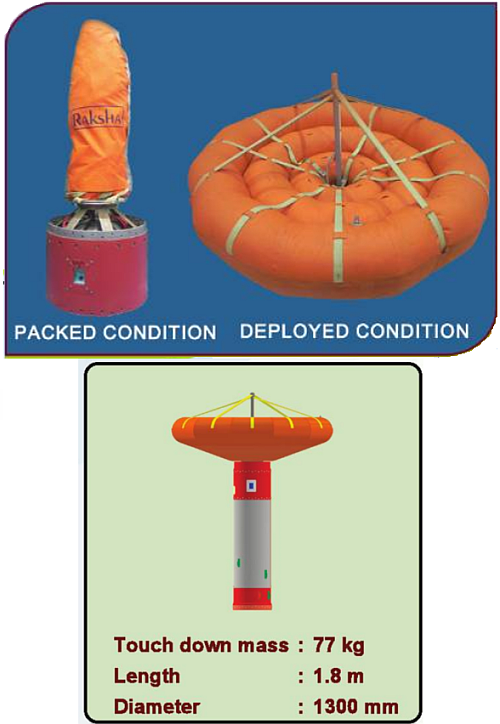Pushback: Libs of TikTok threatens Twitter with lawsuit if banning continues

Twitter: Home for censorship.
Bring a gun to a knife fight: After getting suspended again by Twitter for merely proving that Boston Children’s Hospital was doing sex change operations on children, Libs of TikTok founder Chaya Raichik had her lawyers send the social media company a letter threatening a lawsuit if the suspension was not lifted immediately.
As she notes,
Last week, I was wrongfully suspended from Twitter for seven days after I exposed a hospital that admitted to performing gender-affirming hysterectomies on healthy minors. I say “wrongfully” because the reason given for my suspension was hateful conduct. I did not engage in hateful conduct. I accurately reported the truth
In their letter Raichik’s lawyers made it clear [pdf] that nothing she did was hateful. If anything, her actions caused others on Twitter to spew hate at her. As the lawyers noted also,
» Read more

Twitter: Home for censorship.
Bring a gun to a knife fight: After getting suspended again by Twitter for merely proving that Boston Children’s Hospital was doing sex change operations on children, Libs of TikTok founder Chaya Raichik had her lawyers send the social media company a letter threatening a lawsuit if the suspension was not lifted immediately.
As she notes,
Last week, I was wrongfully suspended from Twitter for seven days after I exposed a hospital that admitted to performing gender-affirming hysterectomies on healthy minors. I say “wrongfully” because the reason given for my suspension was hateful conduct. I did not engage in hateful conduct. I accurately reported the truth
In their letter Raichik’s lawyers made it clear [pdf] that nothing she did was hateful. If anything, her actions caused others on Twitter to spew hate at her. As the lawyers noted also,
» Read more







